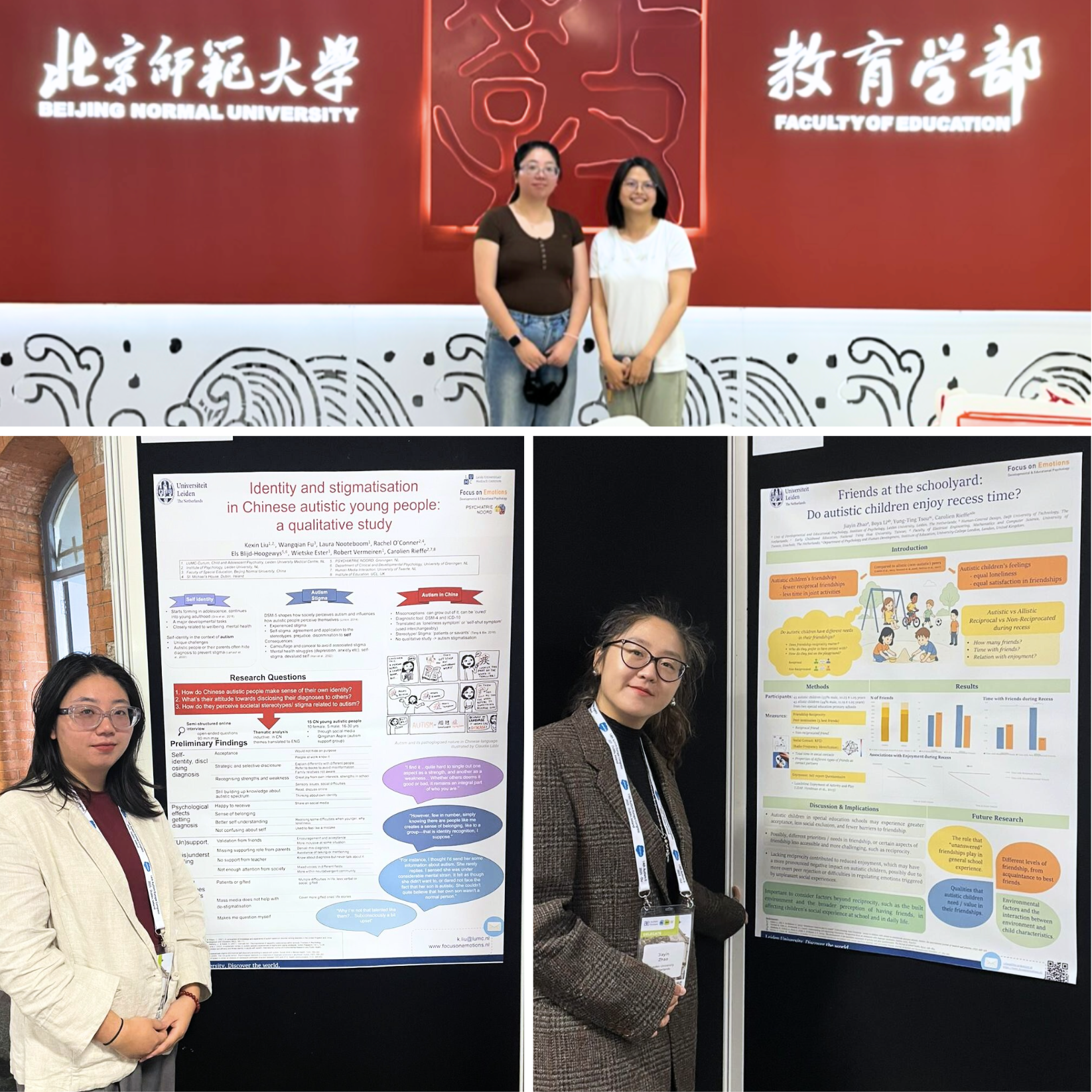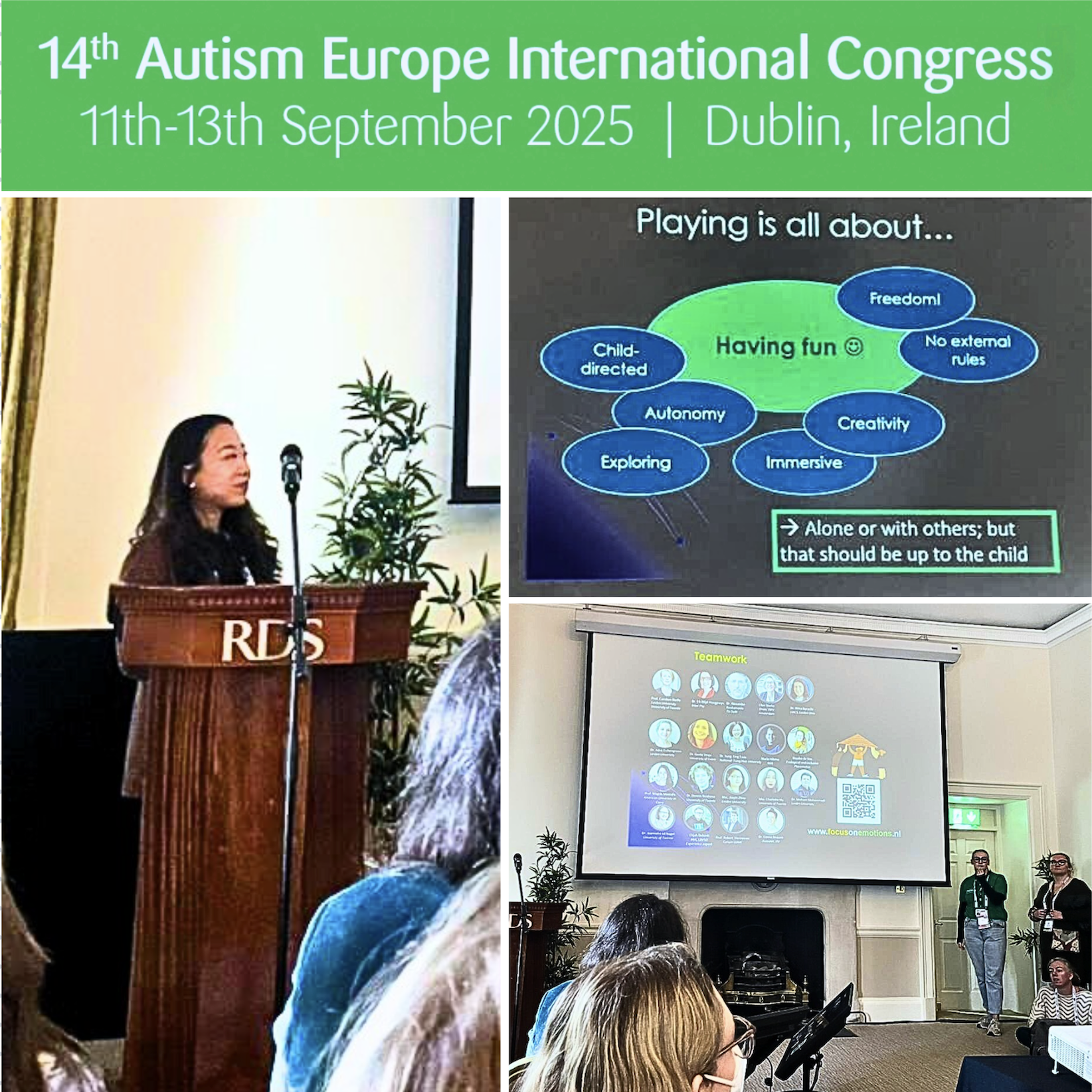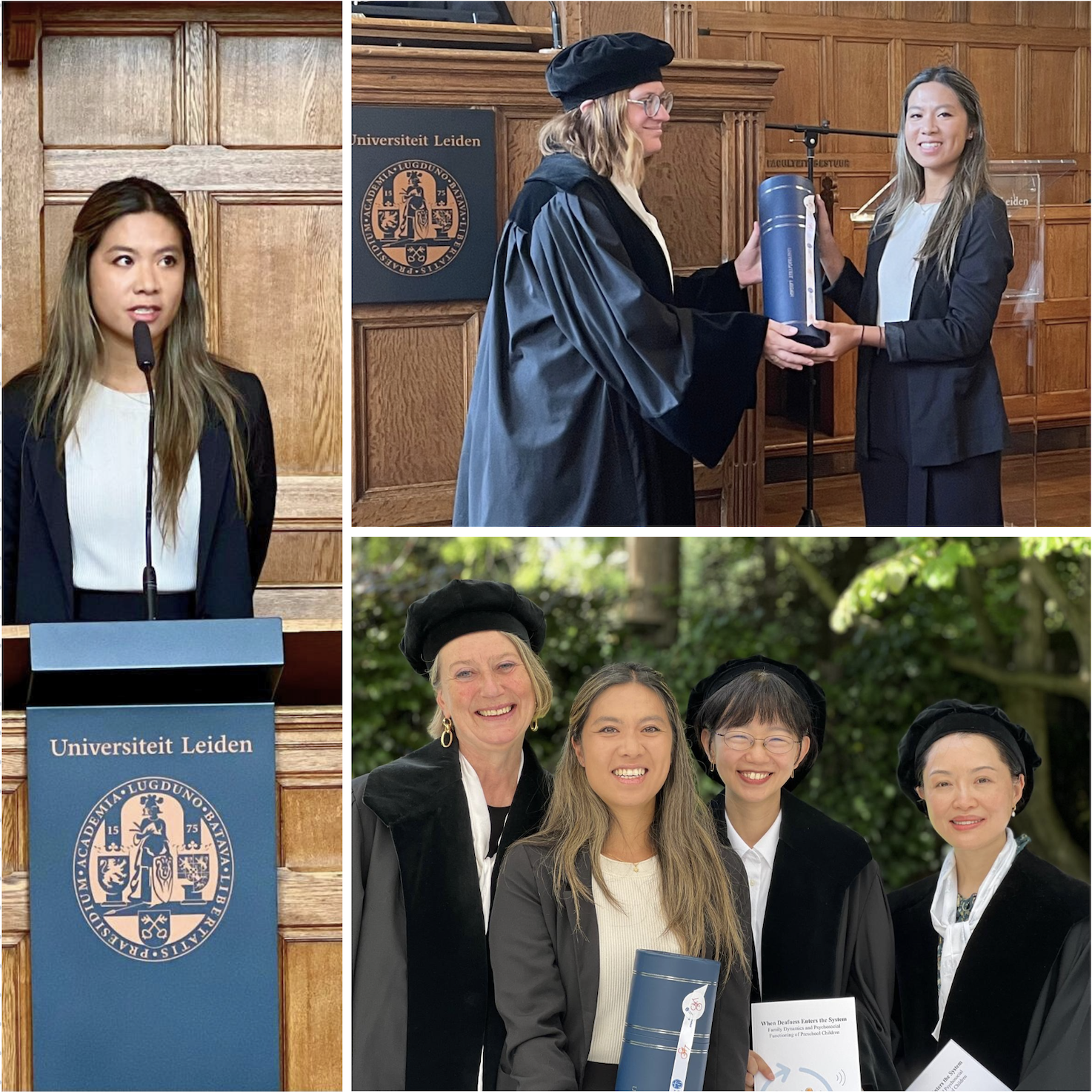

Beyond Buzzwords: Advancing Diversity and Inclusion in Academia at VNOP 2024
“Diversity and Inclusion” — or “D&I” — has become something of a buzzword. But that doesn’t always mean it’s fully enacted or achieved. In research and universities, diversity and inclusion matter deeply and need to be advanced in tangible ways. This topic took center stage during a panel discussion on November 29, 2024, in Utrecht, at the yearly VNOP conference, where junior and senior researchers in social sciences gathered to exchange ideas and shape the field.
Carolien, who represented our lab on the panel, shared her perspective: “For me, it’s giving the floor to different narratives to exist together, to co-exist. Thinking about Dutch history: it’s to change the narrative seen in museums. It used to be from a white, colonialist perspective, but now we want to include stories from people in the diaspora of the transatlantic slave trade. It becomes a very different story, looking at the same painting. We should do that in science.” But how do we actually achieve that in science?
The panelists shared their views on the topic.
Ouissam Abattouy, PhD candidate in Utrecht and co-founder of the Development and Cultural Diversity network for Dutch Researchers, emphasized how cultural diversity shapes the lives of children, youth, and young adults. She pointed out that research must include diverse samples that reflect different cultural backgrounds and prioritize cultural diversity topics on the research agenda. Knowledge, after all, can illuminate key issues and drive meaningful change.
Eddie Brummelman, associate professor in Amsterdam, leader of the KiDLAB, and chair of De Jonge Akademie (KNAW), addressed representation.He stressed that showing kids diverse role models — researchers with different genders, cultures, skin colors, orientations, and neurotypes — can help those from underrepresented backgrounds see research as a space for them, too. Representation is everyone’s responsibility, whether through publicizing projects, engaging with the media, employing diverse researchers, or providing resources to inspire future generations.
From Leiden University, Nadia Mansouri represented the POPcorner, which supports students in the faculties of social sciences and humanities. This support is especially vital for students with bicultural or migration backgrounds, as well as others who face inclusion challenges. Nadia emphasized the need for bottom-up change, enabling students to voice their experiences and push universities to take concrete action.
Carolien reflected on how students are shaped by researchers’ understanding and treatment of inclusion. She noted, for example, that autism has long been framed as a disorder — often in classrooms with autistic students present. As researchers and teachers, we need to stay aware of the diversity within student populations and incorporate inclusion directly into our practices.
The panelists agreed: no matter your role or position in the university, you can make a difference. You can reflect on your own identity, consider how it shapes your perspective and opportunities, and share those reflections with others to spread awareness. You can make mistakes, but being open to learning, adapting to changing language, and amplifying underrepresented voices are key steps forward.
“There used to be no women in science,” Carolien reminded the audience, “and look where we are now.” An audience full of ambitious women looks back at her and smiles, because we may not have solved discrimination, but change has happened.
Diversity and inclusion are still works in progress. Challenges, including funding constraints and setbacks, remain. But, as highlighted during the VNOP panel, continuing the conversation, setting ambitious goals, and striving for change will keep pushing us forward.


